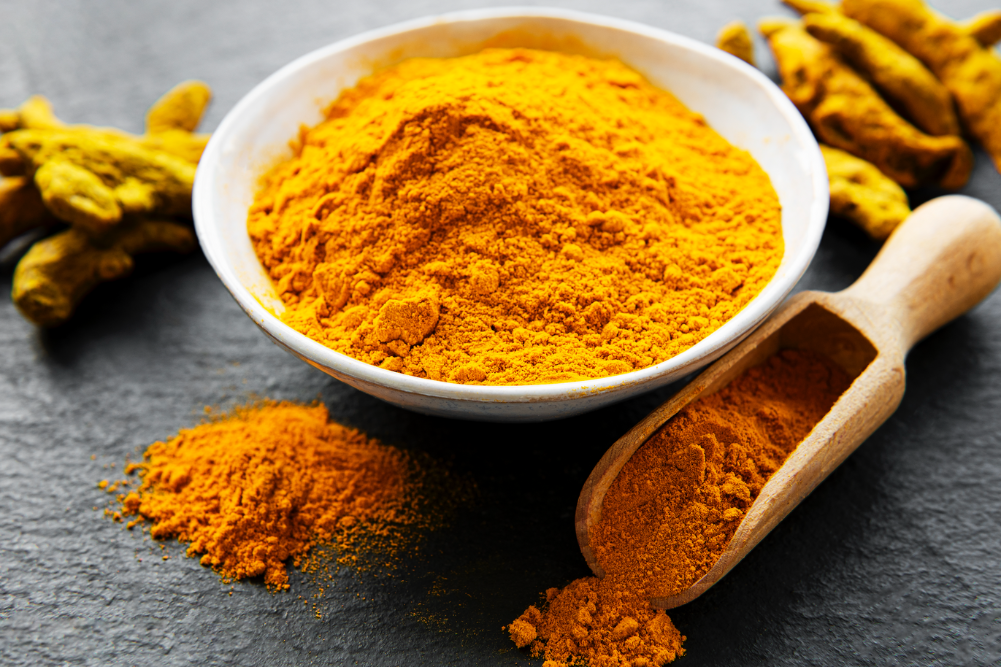What is FODMAP eating?
Eating a diet low in FODMAP foods is highly recommended for people with irritable bowel syndrome. However, low-FODMAP eating is not ideal for everyone. In this article we look behind the acronym to discover exactly what FODMAP dieting is and who it can help.
Most of us have heard the expression “You are what you eat”. This is particularly true for people who suffer from digestive issues including Irritable Bowel Syndrome (IBS) where food is unfortunately a common trigger. IBS is one of the most common digestive disorders, affecting approximately one in seven adults and causing symptoms including bloating, constipation, nausea, stomach pain and diarrhoea. Studies have shown that adopting a low-FODMAP diet can help alleviate the debilitating symptoms associated with IBS. But what exactly is FODMAP eating, how do you start it and is it suitable for you and your gut?
FODMAP stands for fermentable oligosaccharides, disaccharides, monosaccharides and polyols. These can be further divided into five groups called fructans, galacto-oligosaccharides, lactose, excess fructose and polyols (sorbitol, mannitol, xylitol and maltitol). Sounds like a mouthful, right? In simple terms, FODMAPs are basically short-chain carbohydrates (sugars) that are resistant to digestion. They are notorious for triggering adverse digestive symptoms like bloating, gas, stomach pain and diarrhea for sensitive people. FODMAPs are fermented in your gut during the digestive process. For some people, if this happens too quickly, abdominal cramps may result. They can also draw excess water into the intestine leading to other painful symptoms and diarrhea. FODMAPs are found in a wide range of different foods but differ in the level and type.
A diet low in FODMAPs is recommended for the management of IBS. Since IBS is a chronic condition, this diet won’t cure it but it can help alleviate the symptoms.
Low-FODMAP eating is not for everyone. It’s not a fad or a weight-loss diet but is based on scientific evidence to identify people with triggered IBS. Unless you have been medically diagnosed with IBS, research suggests eliminating high-FODMAP foods from your diet could do more harm than good. This is because most high-FODMAP foods are prebiotics and important to our overall gut health and wellbeing.
How to do it
A FODMAP diet involves three main stages: elimination, reintroduction and personalisation. Each stage is critically important and requires commitment and patience. The goal of this is to reduce eating high-FODMAP foods which have adverse effects, not to completely eliminate them. This will enable you to follow a more nutritionally balanced and less restrictive diet in the long term.
Stage 1: Elimination (2-6 weeks)
This stage is definitely the strictest, but rest assured this is not a “forever diet”. In this stage all high-FODMAP foods must be strictly avoided for approximately two to six weeks. The duration of this stage largely depends on the individual’s symptoms. For some people, IBS-related symptoms may reduce drastically in the first couple of weeks, however for others the symptoms may be more stubborn and make the elimination stage longer. Once some of the symptoms are relieved you can progress to the next stage.
It’s recommended to work with a registered dietician or nutritionist before commencing a FODMAP eating plan. The list of high-FODMAP foods can be very daunting so it’s important to know which low-FODMAP foods can be substituted in their place for optimum nutrition and health. They can also help you understand common FODMAPs like fructose and lactose and determine your overall FODMAP tolerance.
Proper planning is essential when it comes to preparing shopping lists and knowing what to look for when dining out. There are plenty of FODMAP-friendly recipes that are easy to recreate at home by getting a little creative in the kitchen and making some simple substitutions. For example, onion and garlic are some of the most common foods used in cooking, but unfortunately they are some of the highest FODMAP foods. Luckily there are plenty of delicious substitutes available if you know what to look for. Trade onions and garlic for beautiful herbs and spices and even some garlic oil, which is surprisingly low FODMAP since the FODMAPs in garlic are not soluble in oil.
FODMAP diets can be particularly challenging for vegetarians. Many eat legumes like beans, chickpeas and lentils as an important source of plant-based protein, but these proteins tend to be very high in fructans. Look out for low-FODMAP plant-based sources of protein to substitute, like eggs, tofu, nuts and tempeh. In the beginning, it’s best to keep lunches and dinners relatively simple with a serve of protein matched with a serve of low-FODMAP vegetables. For breakfast, lactose-free milk with your morning porridge is a great option or eggs on sourdough toast. And for the chocolate lovers, dark chocolate is low FODMAP.
Common foods high in FODMAPS include:
- Fruits: Apples, apricots, blackberries, boysenberries, cherries, dates, figs, pears, peaches, watermelon
- Vegetables: Artichokes, asparagus, broccoli, beetroot, Brussels sprouts, cabbage, cauliflower, garlic, fennel, leeks, mushrooms, okra, onions, peas, shallots
- Dairy products: Milk, ice cream, yoghurt, sour cream, soft and fresh cheeses and whey protein supplements
- Protein sources: Beans, chickpeas, lentils, red kidney beans, baked beans, soybeans
- Wheat-based products: Cereal, bread, pasta, tortillas, pancakes, crackers, biscuits
- Other grains: Barley and rye
- Sweeteners: Fructose, honey, xylitol, mannitol, maltitol, sorbitol
- Beverages: Beer, fortified wines, soft drinks with high-fructose corn syrup, milk, soy milk, fruit juices
Substitutes for low-FODMAP foods:
- Fruits: Bananas, blueberries, kiwis, limes, mandarins, oranges, papaya, pineapple, rhubarb and strawberries
- Vegetables: Bean sprouts, bell peppers, carrots, bok choy, eggplant, kale, tomatoes, spinach and zucchini
- Dairy products: Lactose-free dairy products, hard cheeses such as feta and cheddar
- Protein sources: Beef, chicken, eggs, fish, lamb, pork, prawns. Vegetarian sources — tofu, eggs, tempeh, nuts, seeds
- Wheat-based products: Oats, quinoa, rice, sourdough and spelt bread
- Other grains: Brown rice, buckwheat, maize, millet, oats and quinoa
- Sweeteners: Glucose, maple syrup, sucrose, sugar, Stevia
- Beverages: Black tea, coffee, green tea, peppermint tea, water
Stage 2: Reintroduction (8-12 weeks approximately)
In this stage some high-FODMAP foods are reintroduced to the diet. The main goal of this stage is to identify your food sensitivities and triggers. This phase tends to be very time intensive and requires patience as it is recommended that each FODMAP food is reintroduced one at a time with a select list of foods for a period of time (approximately three days) while monitoring its effects. It’s a good idea to keep a food journal to track your symptoms.
Stage 3: Personalisation
This stage is also known as the “modified low-FODMAP diet” which is tailored to your personal preferences and sensitivities of Stage 2. The aim of this is to expand the variety of foods included in your diet and make it less restrictive for the longer term.
In this stage, FODMAPs that are tolerated well are introduced and the bothersome ones are eliminated or eaten in smaller amounts. It is recommended that you trial poorly tolerated foods occasionally in the future to see if your tolerance changes over time.
Like all diets, the FODMAP diet is not suitable for everyone, even for a minority of people with medically diagnosed IBS. Sometimes IBS symptoms can be triggered by other things like stress, gluten, spicy foods or even caffeine. If IBS-related symptoms persist, it is recommended that other alternatives are considered in consultation with a nutritionist or dietician.








